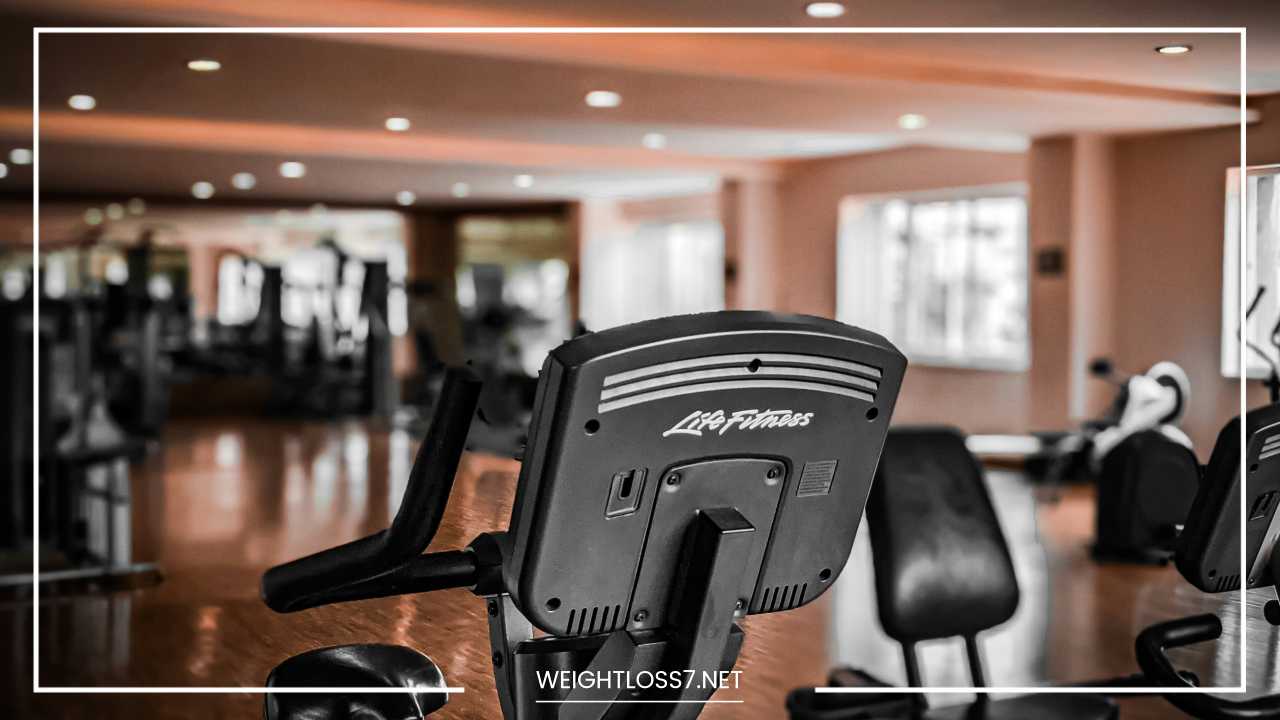Chronic Cardio And The Cortisol Conundrum
 “The first signal I had that something was wrong was when I developed debilitating osteoarthritis in my ankles…at age 28. This was soon coupled with chronic hip tendonitis and nagging recurrent upper respiratory tract infections.
“The first signal I had that something was wrong was when I developed debilitating osteoarthritis in my ankles…at age 28. This was soon coupled with chronic hip tendonitis and nagging recurrent upper respiratory tract infections.
In retrospect, it is clear now that my carbohydrate-fueled high-intensity aerobic lifestyle was promoting a dangerous level of continuous systemic inflammation, was severely suppressing other parts of my immune system and the increased oxidative damage was generally tearing apart my precious muscle and joint tissue”
Mark Sisson on Chronic Cardio, Author of the Primal Blueprint
Marathon cardio, non-interval cardio, traditional cardio, ect… is defined as long stretches of steady state movement at an above-average heart rate or intensity (some say 75%, some say a little lower/greater).
Regardless, intensity is often at a consistent heart rate which is often times monitored and worked to maintain.
[For what it’s worth, whenever I see people running on pavement/cement, they seem to really be hurting. This holds especially true when doing some sort of marathon cardio.
The pain could be an exact sign of what’s going on inside. Running on grass or a dirt path (clear of tripping rocks) should be more comfortable on joints ]
The Problem With Chronic Cardio:
The problem with traditional chronic cardio is the release of the stress hormone cortisol. Cortisol normally has an essential-meaning it is essential for life-role in the human body with regulating blood sugar, playing an important role in the immune system, and the metabolism of macronutrients- protein, fat, carbohydrate.
But as with many hormones, when cortisol is produced in excess, its effects are negative and troubling.
While running at a consistent pace without break or rest for a long period of time-Marathon Cardio-the body is exposed to a large amount of stress hormone cortisol, which in excess, depresses immune function, increases risk for disease and sickness, increases inflammation and consequently pains throughout the body, increases oxidative stress, causes the degradation of muscle tissue and increases the accumulation of fat.
As Dr. K points out HERE, this type of cardio can actually lead to cardiovascular disease, and the inflammatory effects of excess cortisol play a key role in that.
Additionally, traditional cardio, as fitness and nutrition expert Mark Sisson points out, can increase craving for sugary snacks and foods which can lead to a domino effect with other unhealthier foods.
This can obviously lead to some hits to health in the longrun, but more importantly to many of you, can lead to the accumulation of fat, the very thing you were trying to fight with exercise.
The long, intense, and consistent nature of traditional cardio requires a large amount of fuel, and since that fuel is rarely taken in throughout the workout, as to avoid digestive complications, the cravings hit high after the workout and throughout the day following it.
Choosing between Passion and Health:
There’s something I’d like to expound on that Mark Sisson lightly touched on in his explanation of Chronic cardio. If you really love your cardio and it’s what motivates you to exercise, then keep doing it. No not 5 times a week.
But a couple sessions a week should be fine. And don’t tell me you love your cardio if you’re on a machine staring at the television for 60-90 minutes.
Sometimes the passionate exercise people do is the only factor that keeps them coming back the other days of the week to do other types of muscle building exercise like strength training or sprint exercise. If that’s you, eliminating your cardio might not be a solution, but instead just another problem.
For some people, it might not be the cardio itself causing the problem, or just the cardio, but also, what it entails, like Early Waker Cardio.
This is the person who heads to the gym at 4 or 5 am and decides to start your day off with the damage.
That’s a problem because of what was already mentioned, but also because you’re missing out on the golden hours of sleep. If you’re getting less than 8 hours of sleep and waking up at 4 or earlier to go do chronic cardio, you’re skyrocketing cortisol through lack of sleep, screwed sleep, and the chronic cardio that you replace that sleep with.
Sleep is very important for your body to repair and recover. And as a health conscious person (I’m assuming you are if you are reading this) I believe sleep should be a priority over many other health habits.
The Solution:
It’s sad seeing people who dedicate themselves to training and achieving a healthy body suffer through extended sickness, fatigue, inflammation and pain, and even weight gain.
It’s sad because they think they’re doing everything right: eating low-fat, doing chronic cardio 5 times a week, avoiding animal products, eating soy, lathering up with sunblock every time they leave the house, ect…
All these factors are the exact opposite of what I would recommend. And it’s not just me. The solution is knowledge.
The solution is waking the people up. The solution is understanding that the resistance to change is often much more difficult then acquiring the proper knowledge and implementing new strategy.
I see the solution (I’m not a doctor) as high intensity interval training or sprint training. Focusing on periods of high intensity work alternated with rest will maximize the benefits of exercise, while minimizing any drawbacks.
It’ll also save you a lot of time in the gym, allowing more sleep for those of you who have to exercise early in the morning, eliminating that drawback.
P.S. if you’re looking for a workout program that shows you the why and how of intense exercise, take a look at Mark Sisson’s Primal Blueprint, which emphasizes the exact interval style workouts I’m discussing here.
I’d love to hear what you think about traditional cardio and marathon cardio versus high intensity interval training in the comments!

















